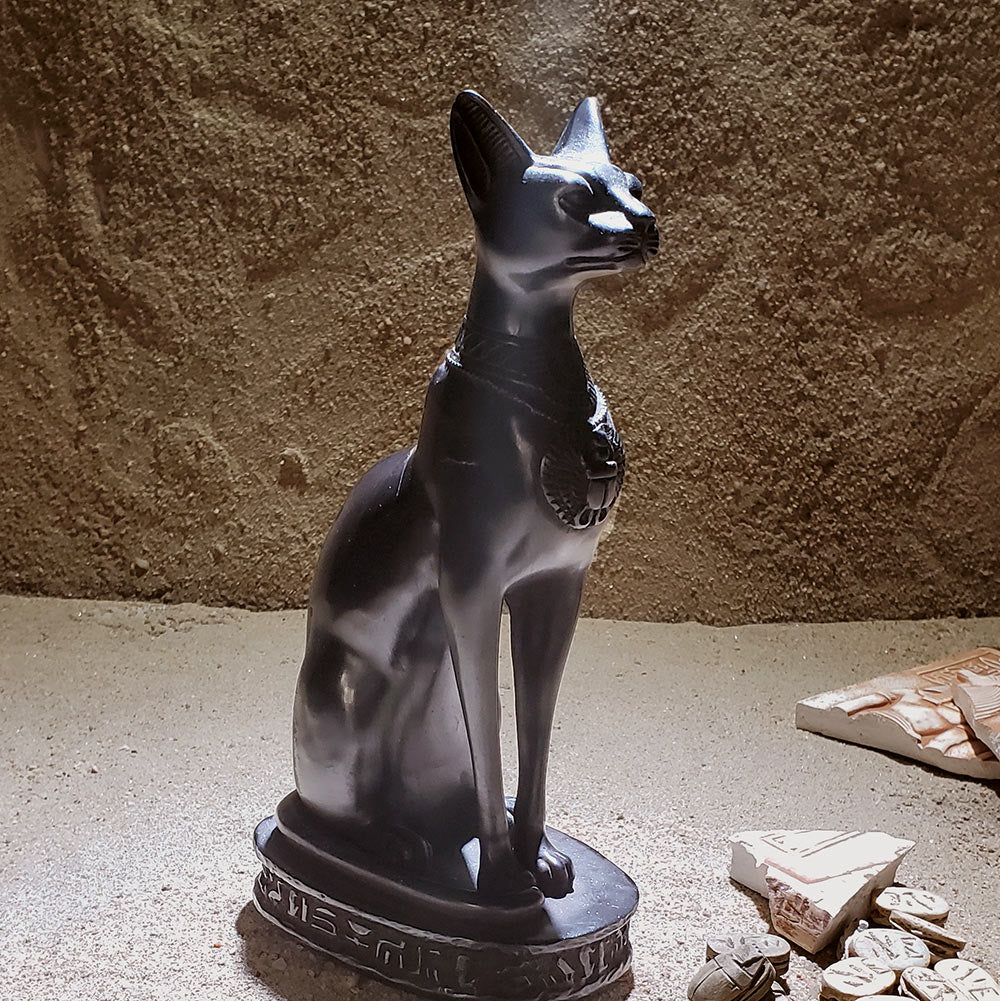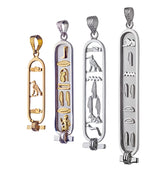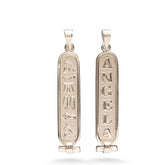The History of Egyptian Altar Spaces and How They Inspire Us Today
Meet Montu: Egypt’s Ancient Symbol of Strength and Power
Esna Temple: Unveiling the Celestial Zodiac Artwork
The Serapeum at Saqqara: A Mysterious Legacy of Ancient Egypt
Discovering the Esna Temple: Add this Hidden Gem to your Egyptian travel list
Ma’at: The Heart of Ancient Egyptian Order and Balance
The Timeless Legacy of Egyptian Queen Nefertari















